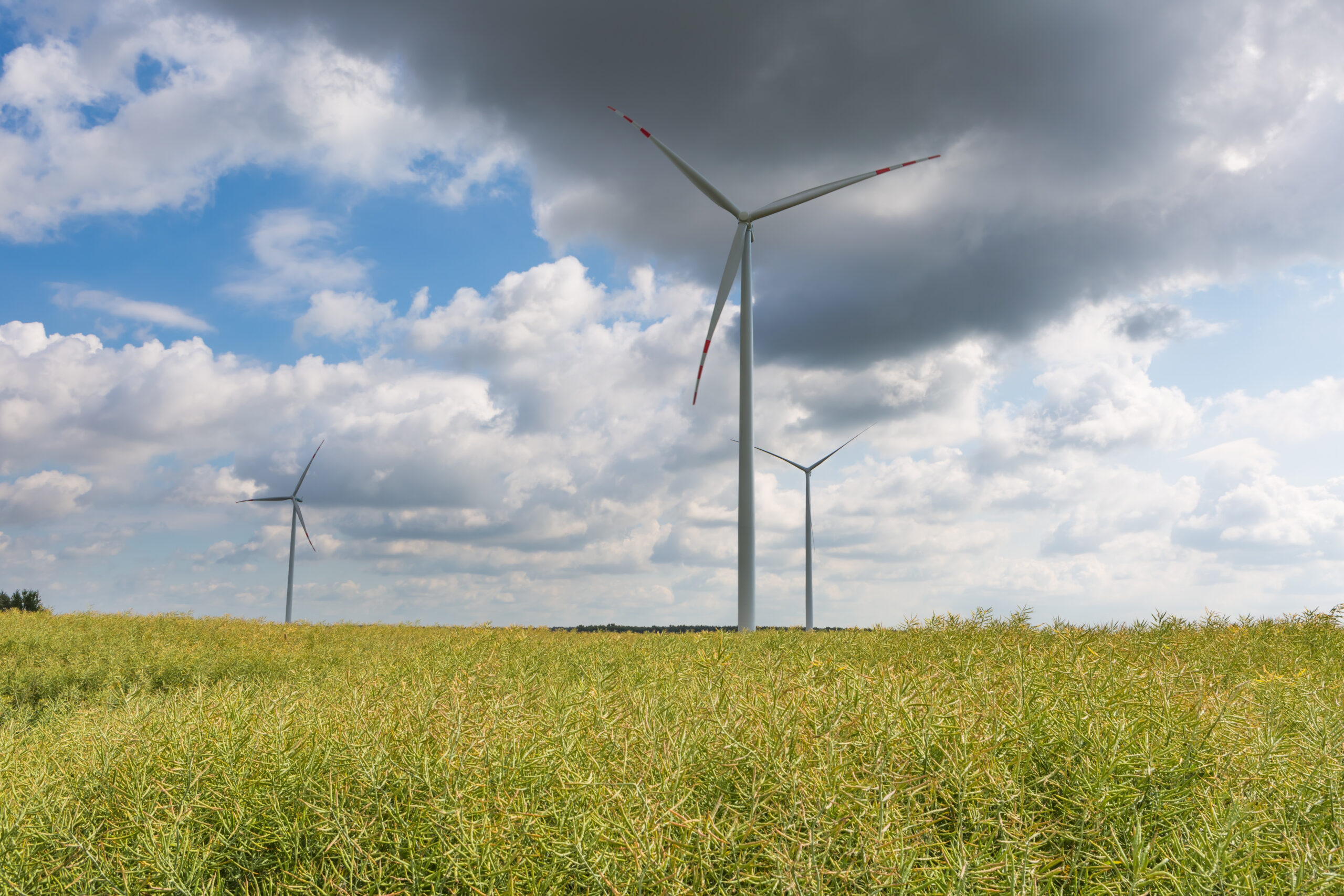Introduction to Home Farming:
Starting your own home farm can be a rewarding experience, both in terms of producing fresh and healthy food for yourself and your family as well as saving money on grocery bills. In this beginner’s guide, we will cover the basics of starting a home farm from planning your crops to harvesting and storing produce.
Planning Your Home Farm: Choosing the Right Location and Crops:
The first step in starting your home farm is choosing the right location. You want to choose an area that gets plenty of sunlight throughout the day and has good drainage. Once you have chosen your location, it’s time to decide what crops you want to grow. Consider factors such as climate, soil type, and water availability when selecting your crops. Some popular crops for home farming include tomatoes, lettuce, spinach, cucumbers, zucchini, peppers, and herbs like basil and mint.

Preparation of Soil, Seeds, and Tools for Planting:
Before you can start planting, you need to prepare your soil. This involves removing any debris or rocks from the ground and adding organic matter such as compost or manure. You also need to consider how much fertilizer you will need based on the nutrient content of your soil. When it comes to seeds, make sure to read the package instructions carefully and follow them exactly. This includes knowing the ideal planting depth and spacing between plants. Finally, don’t forget to invest in quality tools such as shovels, rakes, hoes, and cultivators to help with preparing the soil and maintaining your garden.
Water Management in a Home Farm:
Water management is crucial in keeping your home farm productive. Make sure to water your plants regularly, but avoid overwatering which can lead to root rot and other diseases. Use a timer or schedule to ensure consistent watering. Additionally, consider installing irrigation systems to automate the process. If possible, collect rainwater to use in your garden instead of relying solely on tap water.
Harvesting and Storage of Produce:
Once your crops are ready for harvesting, make sure to do so at the optimal time to maximize their flavor and nutritional value. For example, tomatoes are best picked when they still have some green left on them. After harvesting, store your produce properly to extend its shelf life. Certain vegetables like carrots and potatoes should be stored in a cool, dark place while others like greens and herbs can be kept in the fridge.



